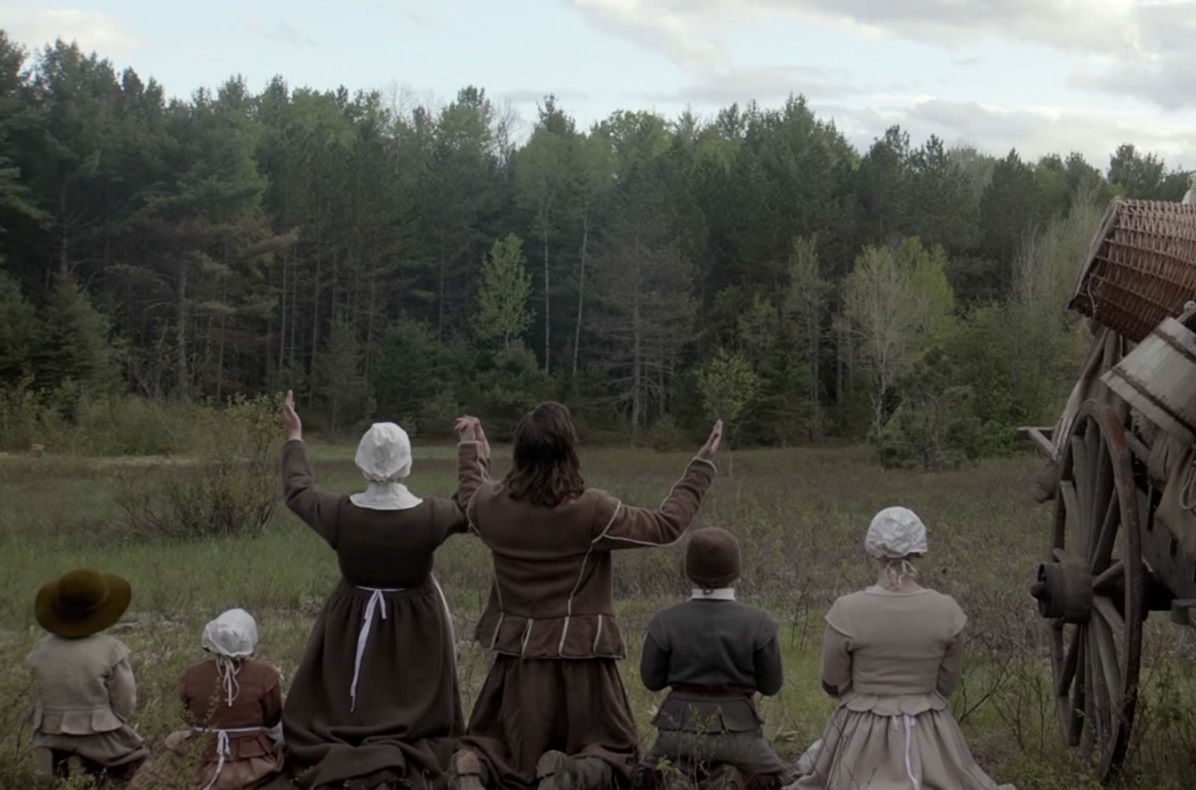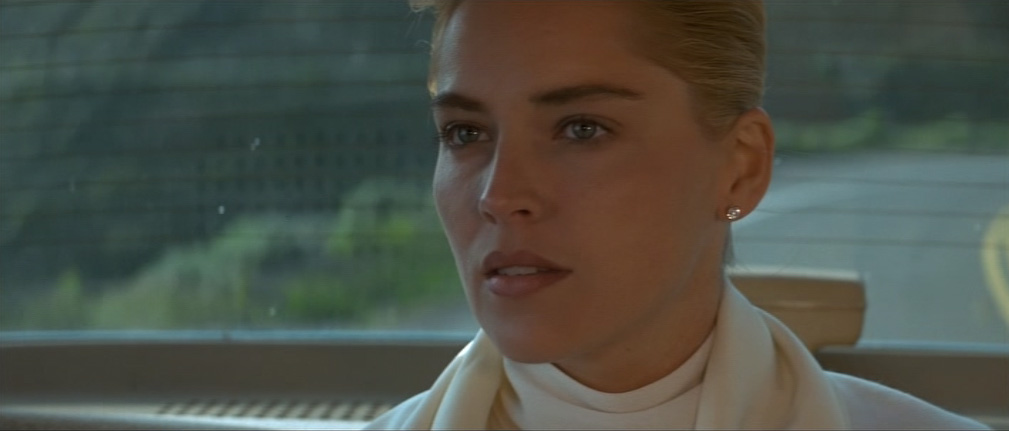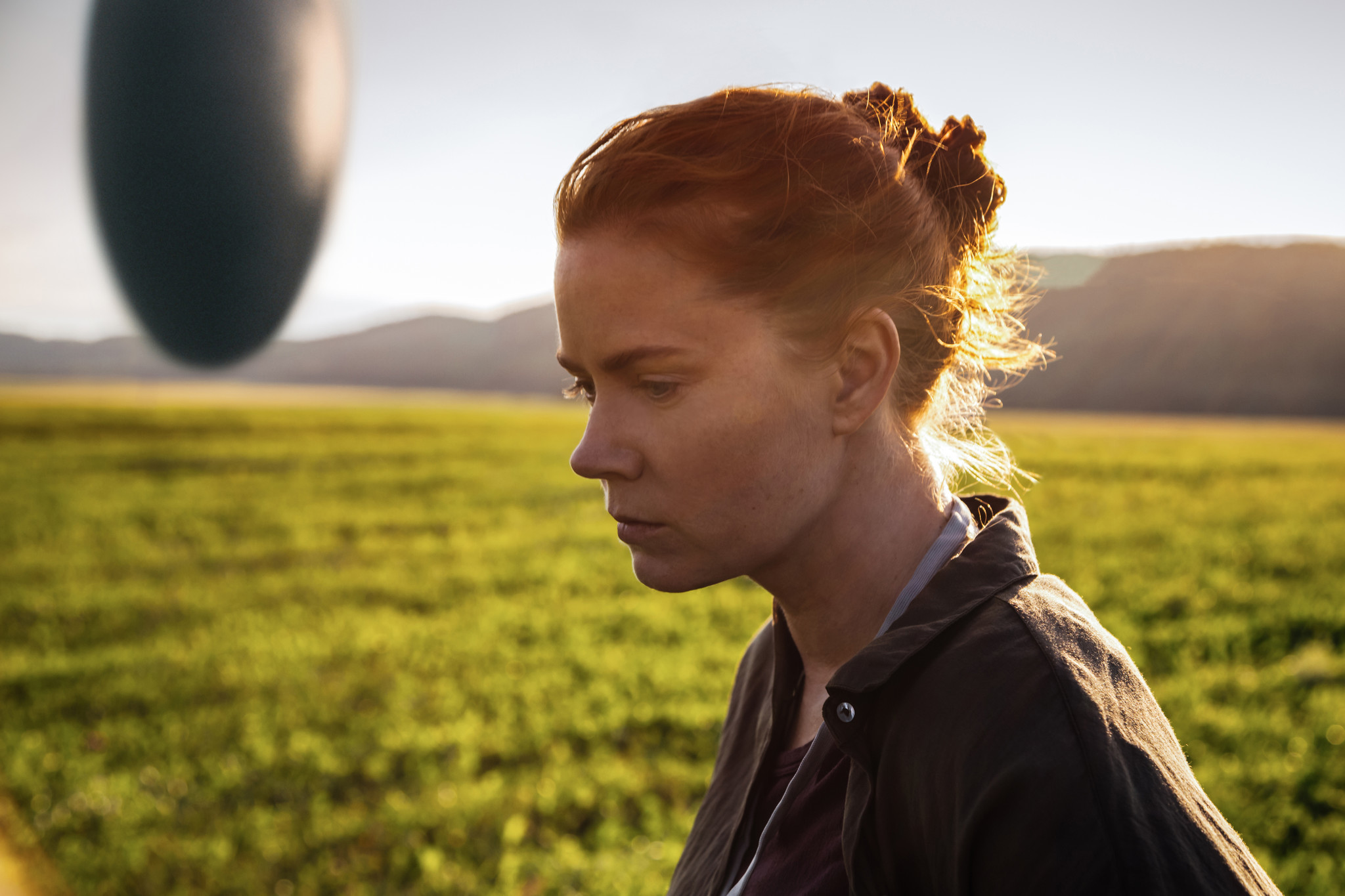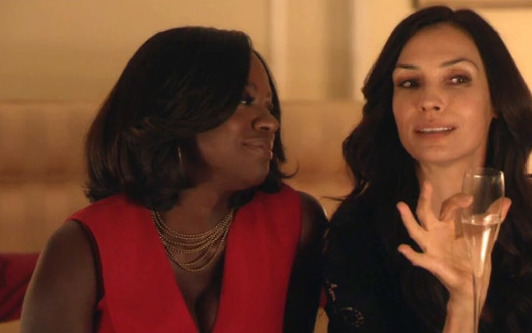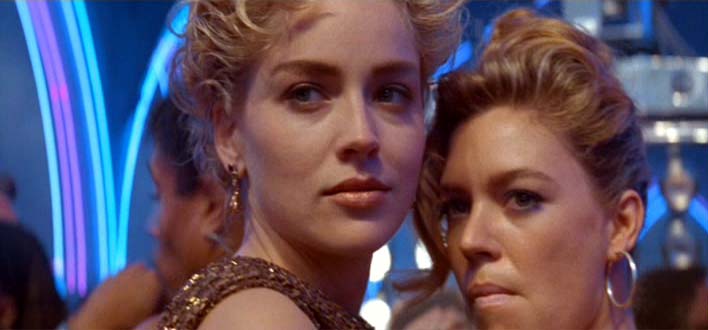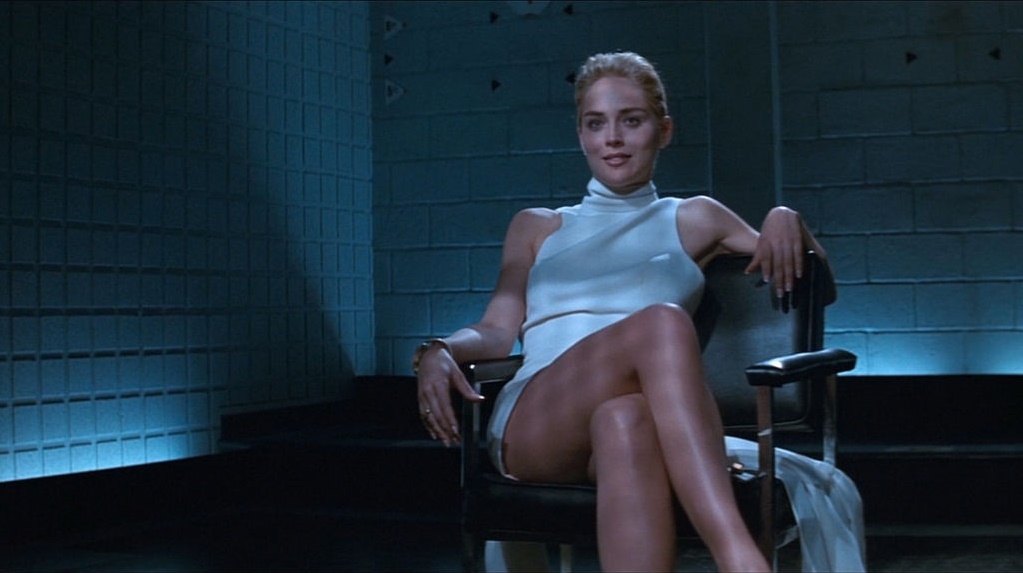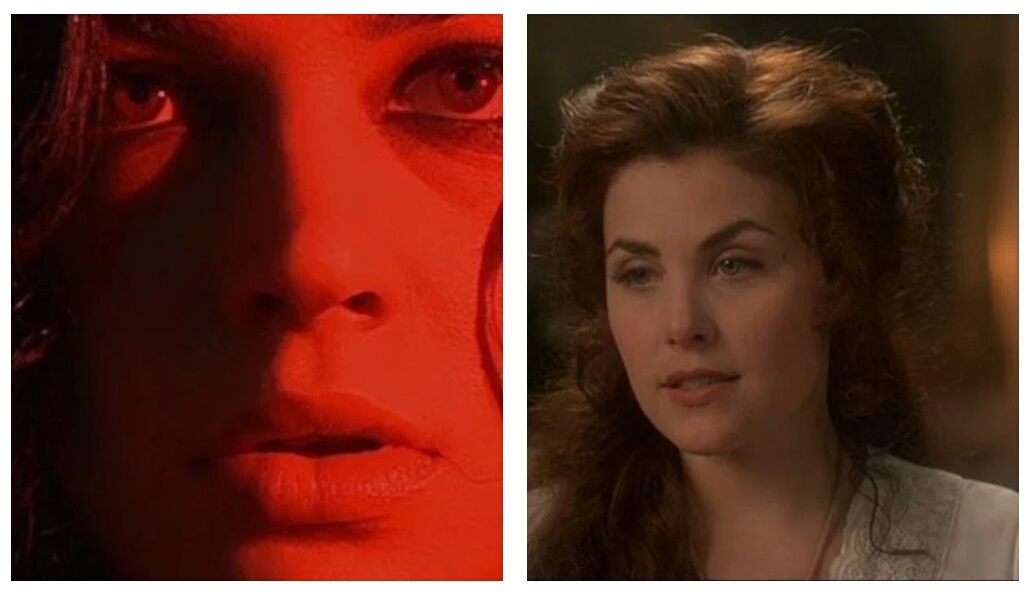This guest post written by Lee Jutton originally appeared at Medium and appears here as part of our theme week on Women in Horror. It is cross-posted with permission.
When was the last time you felt truly transported by a film? In a world where people’s social networks are so important to them that they can’t resist lighting up a dark theater with their iPhones, and where theater announcements asking you not to talk or text during the movie have begun to resemble desperate threats, it’s pretty hard to completely abandon the world around you for that of the film you are watching. My personal worst experience at the movies was last winter, when I went to see The Theory of Everything at the Lincoln Square theater on New York’s Upper West Side. The theater was packed — including a large group of teenagers who sneaked in, sat down in the aisle alongside my seat and proceeded to talk, text and laugh out loud for the entirety of the film. There were also two women sitting directly behind me who had to keep loudly explaining the film to each other (complete with loud gasps at Stephen Hawking’s ALS diagnosis, which was apparently news to them), seemingly forgetting that they were not watching it in their living room but in an auditorium full of strangers.
It takes a very special film to overcome the distractions inherent in the modern moviegoing experience and swallow you up with its story. Fortunately, writer-director Robert Eggers’ debut feature, The Witch, is such a film. Nominated for the Grand Jury Prize at the 2015 Sundance Film Festival, where Eggers took home the directing award, The Witch is a beautifully researched, written, and photographed horror film about an isolated Puritan family struggling to eke out an existence. I saw it on a Saturday evening at the Court Street theater in Brooklyn; naturally, as the opening shots begin to roll, numerous voices continued to rumble throughout the theater, only to be repeatedly and emphatically shushed by other moviegoers, which was equally distracting. Yet only a few minutes later, I was no longer aware of the people around me and whether they were still chatting, texting, and crumpling popcorn bags with the force of Sergeant Terry Jeffords on Brooklyn Nine-Nine. They could still have been doing all of these things, but I was so enraptured by the film that I was no longer capable of noticing. The Witch is proof that when a film is made with utmost care down to the last detail, one can still be transported by it to another world — though, in the case of The Witch, it is a downright creepy and unpleasant world, and one that I am grateful, as a woman, to not have to live in.
As The Witch begins, William (Ralph Ineson) and his family are exiled from their Puritan community because of William’s pride and forced to start again on a small plot of land at the edge of a forest, where their crops keep failing. When the baby of the family disappears under the watch of eldest sister Thomasin (Anya Taylor-Joy), paranoia begins to seep into their tiny, closed-off world. Mother Katherine (Kate Dickie) spends her days and nights crying and praying, stopping only to shoot poisonous barbs at Thomasin, blaming her for the family’s loss. When another member of the family disappears, with Thomasin again the only witness, the fraying bonds holding this desperate, lonely band together tear apart in an increasingly violent manner. The young twins Mercy and Jonas (Ellie Grainger and Lucas Dawson, quite possibly the creepiest set of siblings on-screen since The Shining) accuse Thomasin of being a witch. In such a religious, superstitious world, it’s not difficult for William or Katherine to believe such a tale. Trapped on this claustrophobic plot of land more than a day’s journey from civilization, all Thomasin can do is repeatedly say that it is not true, which isn’t enough proof of her innocence — not even for her own parents.
The most terrifying thing about The Witch is not the threat posed by Satan or his witchy minions, but the one posed by Thomasin’s own family as they increasingly suspect her of having signed a pact with the devil. That’s not to say that the supernatural elements of the film are not spooky in their own right; they are deliciously creepy, from the repeated sightings of a bold brown rabbit lurking among the family’s livestock to the blood inexplicably squirting from the teats of a goat when Thomasin tries to milk it. Cinematographer Jarin Blaschke frequently shoots the characters from behind to make one feel as though you’re helplessly bearing witness to something evil sneaking up on them; it’s an old trick, but one that has not lost any of its potency, especially when paired with the frantic, distorted strings of the score by Mark Korven. Despite a low-contrast palette comprised mostly of shades of gray, the film looks beautiful. Blaschke relies on natural light, which gives the film — mostly shot outdoors under the bleak sky or inside the dark cabin — a stark, realistic feel. Also adding to the realism is Eggers’ script, with dialogue that was heavily researched and in some instances taken directly from historical records. The frequently unfamiliar words and stiff cadences of this Puritan speech could potentially sound goofy, but the perfect cast manages to make it work. It still sounds unnatural compared to modern speech, but in a way that only accentuates how removed this world is from our own.
While newcomer Taylor-Joy, who gives a striking performance, does have the peachy complexion and flowing blonde hair of an ingénue, there is also something slightly alien about her wide eyes, and the rest of the actors in the film have equally distinctive and unfamiliar faces. In short, they all look like they could have walked right out of a painting from that time period — especially Mercy and Jonas. Like many children one sees in art from that time, the twins look more like tiny elderly people than children. When they dance around singing about their beloved goat Black Philip in their shrill little voices, you can’t help but feel chills run down your spine. These subtle, psychological horrors — moments that just feel off for a reason one can’t explain — are the best moments in the film. Unfortunately, Eggers frequently decides to go one step further and show us much more explicit examples of evil. For instance, the audience learns the fate of the missing baby almost immediately after his disappearance. Seeing what happens to him actually removes some of the film’s foreboding, as opposed to adding to it. It’s not that these scenes are excessively gory or disturbing; they’re just not necessary. I can’t help but think of M. Night Shyamalan’s Signs, and how much more impact that film’s aliens had when one saw merely a hand or a shadow, as opposed to the full creature. Similarly, The Witch thrives when the audience feels as helpless and lost for answers as Thomasin and her family.
While The Witch’s ending is not particularly surprising or frightening in and of itself, by the time the lights came on, I was relieved to be back in my modern world — annoying audience members and all. It is a great little horror film that provides the escapism one seeks at the cinema, even if that escape is to a terrifying and dark corner of the world.
See also at Bitch Flicks:
The Threat of Feminine Power in The Witch
The Witch and Legitimizing Feminine Fear
The Witch and Female Adolescence in Film
Lee Jutton has directed short films starring a killer toaster, a killer Christmas tree, and a not-killer leopard. Currently a staff writer at Film Inquiry, her writing has also appeared in publications such as Bitch Flicks, Bitch: A Feminist Response to Pop Culture, TV Fanatic, and Just Press Play. You can follow her on Twitter @leiladaisyj for more opinions on movies, pictures of cats, and ramblings on German soccer.
